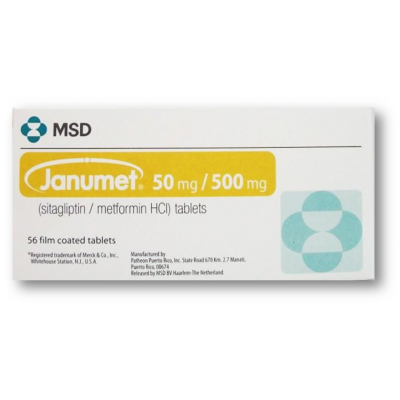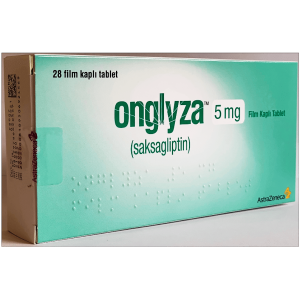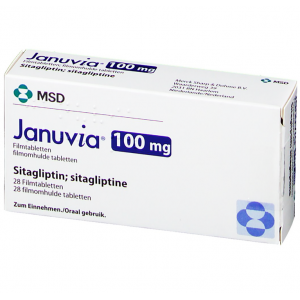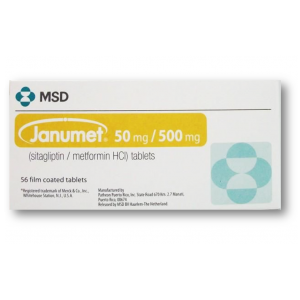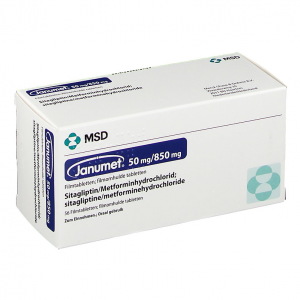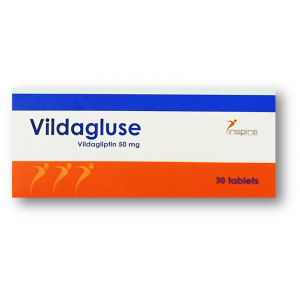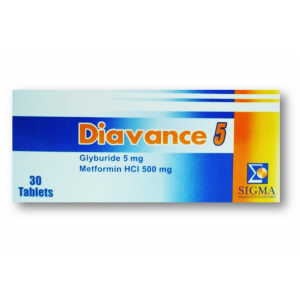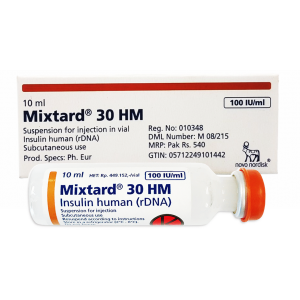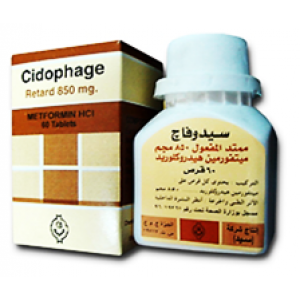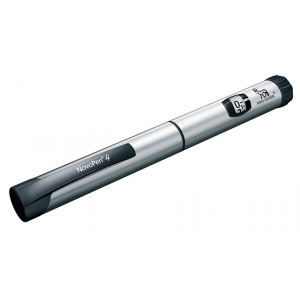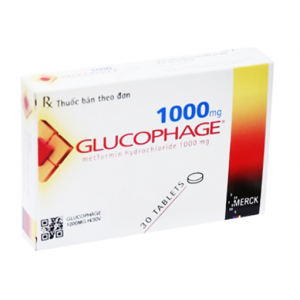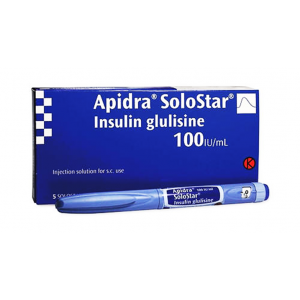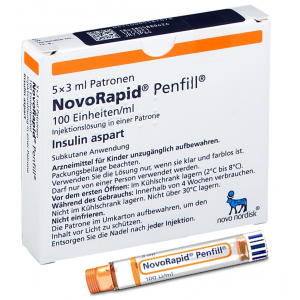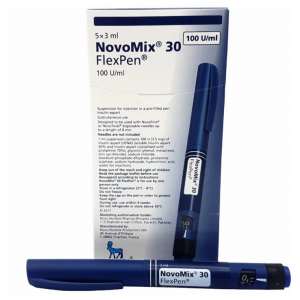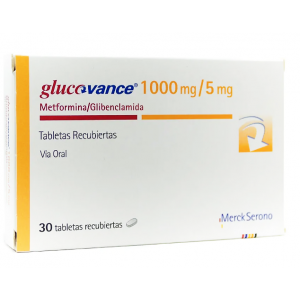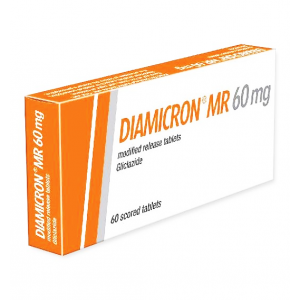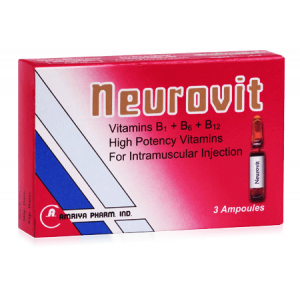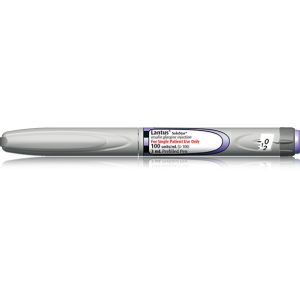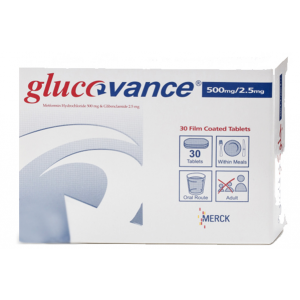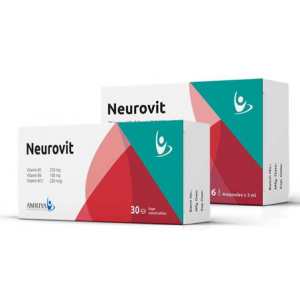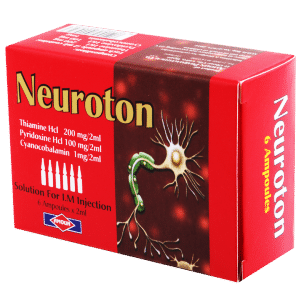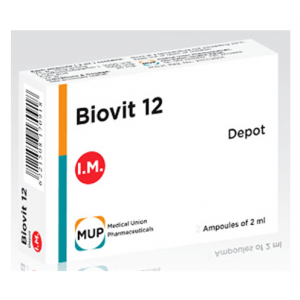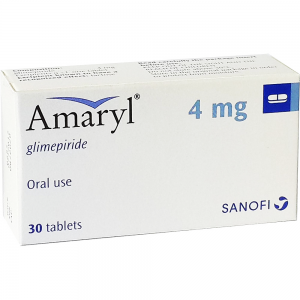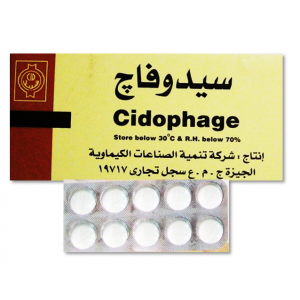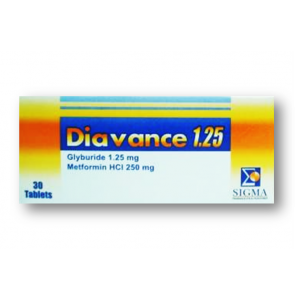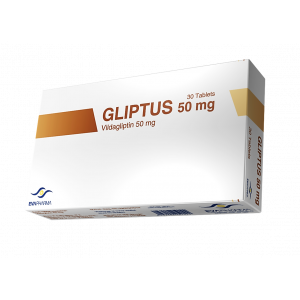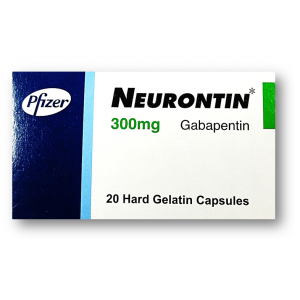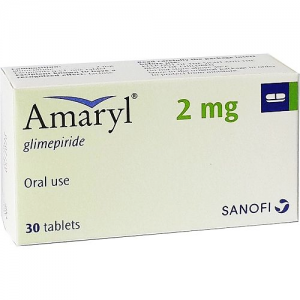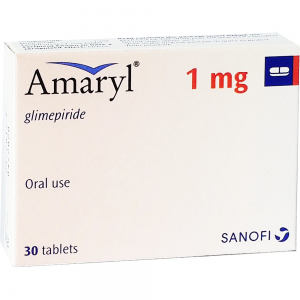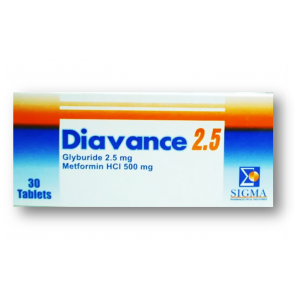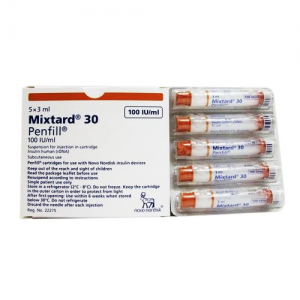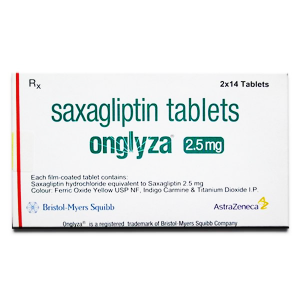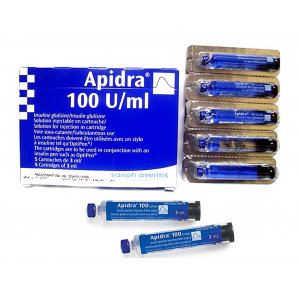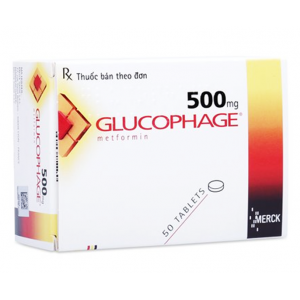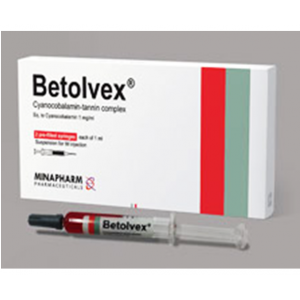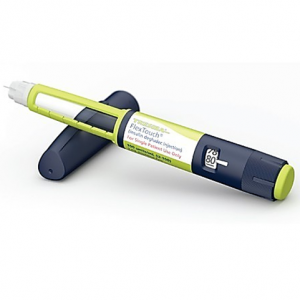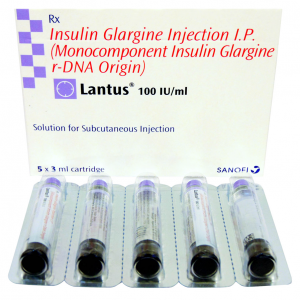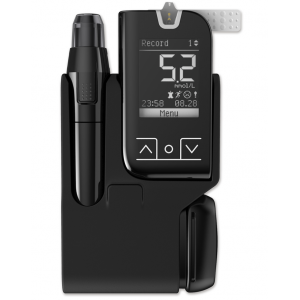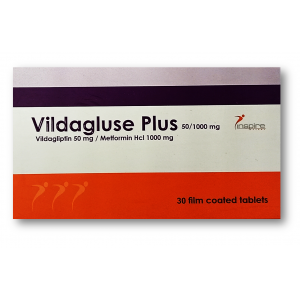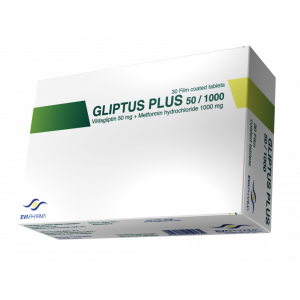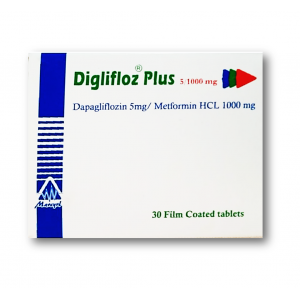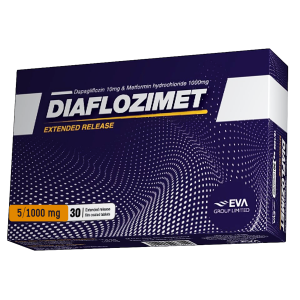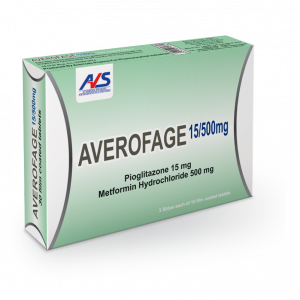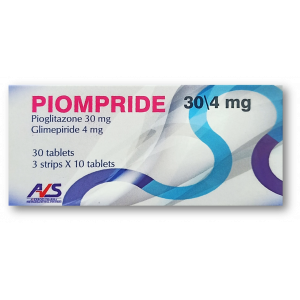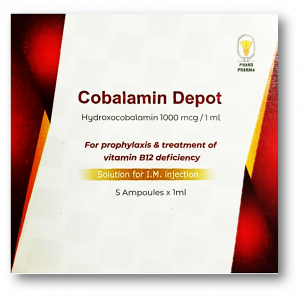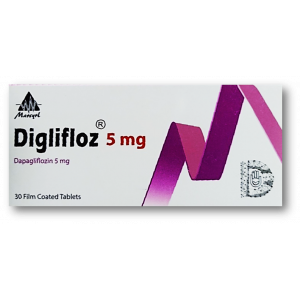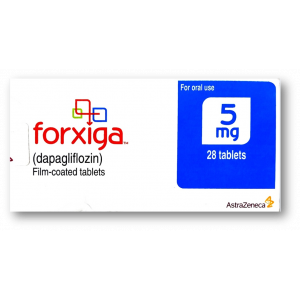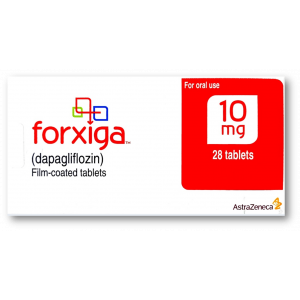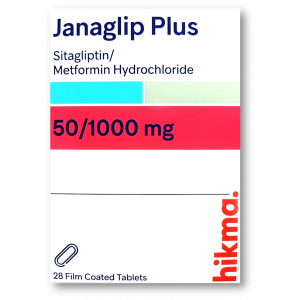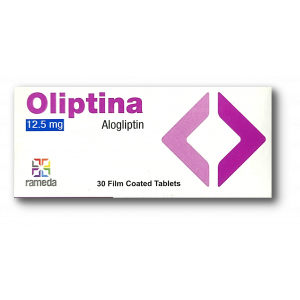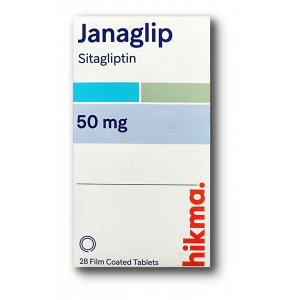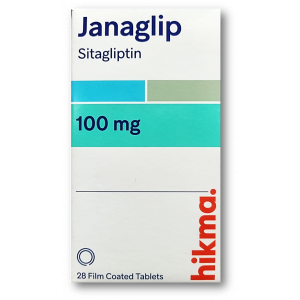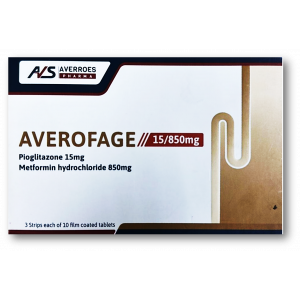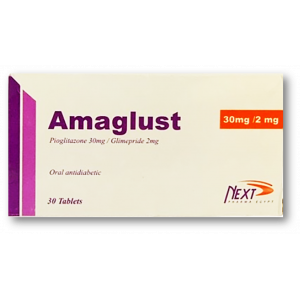- Anti-hestaminic & Respiratory Drugs (21)
- Anti-inflammatory Drugs (181) +-
- Baby & Mom (1314) +-
- Baby & Mom > Bath, skin & Hair > Skin Care > wibes (53)
- Beauty (2723) +-
- Beauty > Skin Care > whitening (273)
- Chemotherapy & Immune Response (659) +-
- Chemotherapy & Immune Response > ANTI-FUNGAL (6)
- Chemotherapy & Immune Response > Chemotherapeutic Agents > Hormone Antagonists >Enzyme Inhibitors (235)
- CIRCULATORY DISTURBANCE AGENTS (23)
- Diet & Fitness Products (248) +-
- DRUG AFFECTING CENTRAL NERVOUS SYSTEM (183)
- Drugs affecting CNS >Anti- epileptic (78)
- HEMATOLOGY (12)
-
Medical Supplies (468)
+-
- Chemicals & Disinfectants (19)
- Dental Supplies (27)
- Devices & Instruments (8)
- Diabetic Supplies (107)
- General Medical Supplies (21)
- I.V & Medical Solution (0)
- Intensive Care Unit & Anesthesia Supplies (0)
- Kindney Unit Supplies (12)
- Lab Supplies (1)
- Miscellaneous (21)
- Neonatal Unit Supplies (0)
- Operation Room Supplies (2)
- Sanitary (5)
- Sterilization Supplies (0)
- Surgical Sutures (4)
- Syringes (3)
-
Medicines & Health (2535)
+-
- Allergy & Sinus (93)
- Children's Health Care (52)
- Cough, Cold & Flu (297)
- Digestive Health & Nausea (218)
- Ear, Nose & Throat Care (174)
- Eye Care (117)
- Feminine Care (315)
- Foot Care (4)
- Orthopaedic Appliances (0)
- Pain Relief & Management (227)
- Pill Organizer (2)
- Skin Treatments (734)
- Sleep & Snoring Aids (0)
- Support & Braces (6)
- Medicines & health > Gout releif (42)
- Natural & Organic Products (82) +-
- OTC > Analgesics > Anti-inflammatory Drugs (43)
-
Personal Care (3044)
+-
- Bath & Body (256)
- Deodorant & Anti-perspirants (179)
- Ear, Nose & Throat Care (169)
- Eye Care (123)
- Feminine Care (362)
- Foot Care (12)
- Hair Care (388)
- Home Tests & Monitorings (14)
- Incontinence (7)
- Lip Care (20)
- Massage & Relaxation (18)
- Natural & Organic Personal Care (7)
- Oral Care (81)
- Pregnancy & Fertility (60)
- Shaving & Grooming (67)
- Sun Care (67)
- Prescribtion drugs > cardiovascular system > Hypertention drugs (334) +-
-
Prescription Drugs (2988)
+-
- Analgesics (180)
- Cardiovascular System (347)
- Drugs Affecting Musculoskeletal System (62)
- Drugs Used In Infections (53)
- Ear & Nose Drugs (2)
- Endocrine System (157)
- Gastrointestinal Tract (232)
- Gastrointestinal Tract (214)
- GYNECOLOGY (2)
- Miscellaneous (6)
- NEPHROLOGY > URINARY SYSTEM > RENAL DISORDERS > URINARY TRACT DISORDERS (24)
- NEUROLOGY (210)
- Nutrients & Blood Electrolytes (2)
- prescription drugs > cardiovascular system >Anti-hypertensive drugs (78)
- Prescription Drugs > Gastrointestinal Tract > Hepatology > Liver treatment (57)
- Respiratory System (137)
- SKIN > NAILS > HAIR > TOPICAL PREPARATIONS (42)
- Vaccines (1)
- Sexual Wellness (258) +-
- strong anti-emetic & adjuvent used with anti-neoplastic (0)
- Vitamins & Minerals Supplements (1134) +-
Ex Tax: 407EGP
Example
You can return the product within 14 days of purchase.
ReturnsYou can return the product within 14 days of purchase.

JANUMET ® 50 / 500 MG ( SITAGLIPTIN + METFORMIN HYDROCHLORIDE ) 56 FILM-COATED TABLETS
HIGHLIGHTS OF PRESCRIBING INFORMATION
These highlights do not include all the information needed to use
JANUMET safely and effectively. See full prescribing information
for JANUMET.
JANUMET®
(sitagliptin and metformin hydrochloride) tablets, for
oral use
Initial U.S. Approval: 2007
| WARNING: LACTIC ACIDOSIS See full prescribing information for complete boxed warning. Postmarketing cases of metformin-associated lactic acidosis have resulted in death, hypothermia, hypotension, and resistant bradyarrhythmias. Symptoms included malaise, myalgias, respiratory distress, somnolence, and abdominal pain. Laboratory abnormalities included elevated blood lactate levels, anion gap acidosis, increased lactate/pyruvate ratio, and metformin plasma levels generally >5 mcg/mL. (5.1) Risk factors include renal impairment, concomitant use of certain drugs, age ≥65 years old, radiological studies with contrast, surgery and other procedures, hypoxic states, excessive alcohol intake, and hepatic impairment. Steps to reduce the risk of and manage metformin-associated lactic acidosis in these high risk groups are provided in the Full Prescribing Information. (5.1) If lactic acidosis is suspected, discontinue JANUMET and institute general supportive measures in a |
-INDICATIONS AND USAGE----------------------------
JANUMET is a combination of sitagliptin, a dipeptidyl peptidase-4
(DPP-4) inhibitor, and metformin hydrochloride (HCl), a biguanide,
indicated as an adjunct to diet and exercise to improve glycemic
control in adults with type 2 diabetes mellitus. (1)
Limitations of Use:
JANUMET should not be used in patients with type 1 diabetes or for
the treatment of diabetic ketoacidosis. (1)
JANUMET has not been studied in patients with a history of
pancreatitis. (1, 5.2)
----------------------- DOSAGE AND ADMINISTRATION------------------------
Individualize the starting dose of JANUMET based on the patient’s
current regimen. (2.1)
Adjust the dosing based on effectiveness and tolerability while not
exceeding the maximum recommended daily dose of 100 mg
sitagliptin and 2000 mg metformin. (2.1)
Give twice daily with meals, with gradual dose escalation, to reduce
the gastrointestinal effects due to metformin. (2.1)
Prior to initiation, assess renal function with estimated glomerular
filtration rate (eGFR) (2.2)
o Do not use in patients with eGFR below 30 mL/min/1.73 m
2
.
o JANUMET is not recommended in patients with eGFR between
30 and less than 45 mL/min/1.73 m
2
.
JANUMET may need to be discontinued at time of, or prior to,
iodinated contrast imaging procedures. (2.3)
--------------------- DOSAGE FORMS AND STRENGTHS ---------------------
Tablets: 50 mg sitagliptin/500 mg metformin HCl and 50 mg
sitagliptin/1000 mg metformin HCl (3)
-------------------------------CONTRAINDICATIONS-------------------------------
Severe renal impairment: (eGFR below 30 mL/min/1.73 m
2
) (4)
Metabolic acidosis, including diabetic ketoacidosis. (4)
History of a serious hypersensitivity reaction to JANUMET,
sitagliptin, or metformin, such as anaphylaxis or angioedema. (5.9,
6.2)
----------------------- WARNINGS AND PRECAUTIONS------------------------
Lactic acidosis: See boxed warning. (5.1)
There have been postmarketing reports of acute pancreatitis,
including fatal and non-fatal hemorrhagic or necrotizing pancreatitis.
If pancreatitis is suspected, promptly discontinue JANUMET. (5.2)
Heart failure has been observed with two other members of the
DPP-4 inhibitor class. Consider risks and benefits of JANUMET in
patients who have known risk factors for heart failure. Monitor
patients for signs and symptoms. (5.3)
There have been postmarketing reports of acute renal failure,
sometimes requiring dialysis. Before initiating JANUMET and at
least annually thereafter, assess renal function. (5.4)
Vitamin B12 deficiency: Metformin may lower vitamin B12 levels.
Measure hematologic parameters annually. (5.5)
When used with an insulin secretagogue (e.g., sulfonylurea) or with
insulin, a lower dose of the insulin secretagogue or insulin may be
required to reduce the risk of hypoglycemia. (5.7)
There have been postmarketing reports of serious allergic and
hypersensitivity reactions in patients treated with sitagliptin (one of
the components of JANUMET), such as anaphylaxis, angioedema,
and exfoliative skin conditions including Stevens-Johnson
syndrome. In such cases, promptly stop JANUMET, assess for
other potential causes, institute appropriate monitoring and
treatment, and initiate alternative treatment for diabetes. (5.9)
Severe and disabling arthralgia has been reported in patients taking
DPP-4 inhibitors. Consider as a possible cause for severe joint pain
and discontinue drug if appropriate. (5.10)
There have been postmarketing reports of bullous pemphigoid
requiring hospitalization in patients taking DPP-4 inhibitors. Tell
patients to report development of blisters or erosions. If bullous
pemphigoid is suspected, discontinue JANUMET. (5.11)
There have been no clinical studies establishing conclusive
evidence of macrovascular risk reduction with JANUMET. (5.12)
------------------------------ ADVERSE REACTIONS ------------------------------
The most common adverse reactions reported in ≥5% of patients
simultaneously started on sitagliptin and metformin and more
commonly than in patients treated with placebo were diarrhea,
upper respiratory tract infection, and headache. (6.1)
Adverse reactions reported in ≥5% of patients treated with
sitagliptin in combination with sulfonylurea and metformin and more
commonly than in patients treated with placebo in combination with
sulfonylurea and metformin were hypoglycemia and headache. (6.1)
Hypoglycemia was the only adverse reaction reported in ≥5% of
patients treated with sitagliptin in combination with insulin and
metformin and more commonly than in patients treated with
placebo in combination with insulin and metformin. (6.1)
To report SUSPECTED ADVERSE REACTIONS, contact Merck
Sharp & Dohme Corp., a subsidiary of Merck & Co., Inc., at 1-877-
888-4231 or FDA at 1-800-FDA-1088 or www.fda.gov/medwatch.
-------------------------------DRUG INTERACTIONS-------------------------------
Carbonic anhydrase inhibitors may increase risk of lactic acidosis.
Consider more frequent monitoring. (7.1)
Drugs that reduce metformin clearance (such as ranolazine,
vandetanib, dolutegravir, and cimetidine) may increase the
accumulation of metformin. Consider the benefits and risks of
concomitant use. (7.2)
Alcohol can potentiate the effect of metformin on lactate
metabolism. Warn patients against excessive alcohol intake. (7.3)
----------------------- USE IN SPECIFIC POPULATIONS -----------------------
There are no adequate and well-controlled studies in pregnant
women. To report drug exposure during pregnancy call 1-800-986-
8999. (8.1)
Geriatric Use: Assess renal function more frequently. (8.5)
Hepatic Impairment: Avoid use in patients with hepatic impairment.
(8.7)
See 17 for PATIENT COUNSELING INFORMATION and Medication
Guide.
Revised: 8/2019
Write a review
Your Name:Your Review: Note: HTML is not translated!
Rating: Bad Good
Enter the code in the box below:

